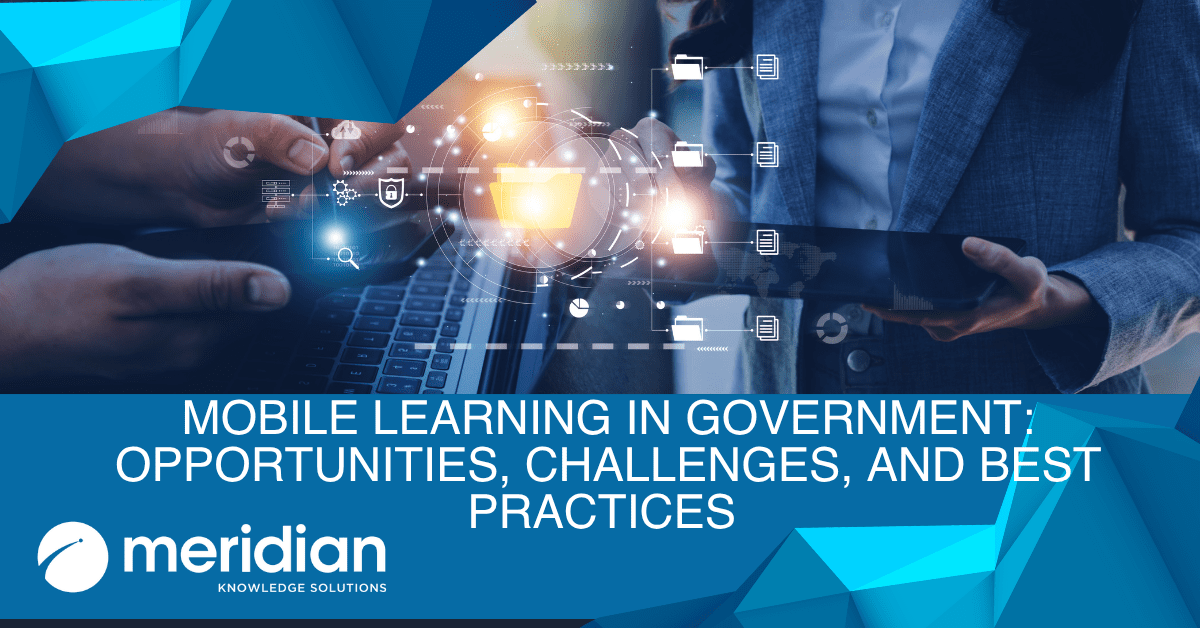
New technologies are constantly emerging—each promising to be faster, smarter, or more efficient than whatever came before. But not every innovation delivers meaningful value, and not every trend is worth adopting. For learning leaders and LMS administrators, understanding which advancements truly matter can be a challenge.
In the world of training and digital learning standards, few shifts have been as important as the movement from SCORM to xAPI. If SCORM defined the last 20 years of eLearning, xAPI is shaping the next 20.
Let’s break down why this matters, what’s changing, and what xAPI can actually do for you.
To understand the impact of xAPI, it helps to look at how we got here.
SCORM was born from a 1999 initiative led by the U.S. Department of Defense (DoD) and Advanced Distributed Learning (ADL). Its goal was to create an eLearning standard that worked across federal agencies and private-sector organizations. By the mid-2000s, SCORM became the standard for online learning content.
But SCORM also came with limitations:
Fast-forward two decades and the training landscape—and technology—has evolved dramatically.
In 2011, ADL and DoD kicked off a new project to reimagine what learning data could be. The result was xAPI (Experience API), released as version 1.0 in 2013.
Today, DoD has formally selected xAPI + cmi5 as the future replacement for SCORM.
The ecosystem is ready. The tooling is ready. The benefits are clear.
Which raises the question…
Because xAPI is not just a “new standard.”
It unlocks capabilities that SCORM could never support.
Before we talk about what xAPI adds, let’s acknowledge what SCORM does. With SCORM, you can track:
That’s useful—but extremely limited.
Imagine trying to run marketing with only five data points about the customer. You couldn’t personalize anything, identify patterns, or optimize for better outcomes.
The same is true for learning.
To optimize training, personalize learning paths, and tie learning to performance, you need many more data points.
xAPI makes this possible.
xAPI is built on a modern, flexible technology stack that:
If SCORM tracked a few pieces of data per learning event, xAPI can track hundreds or thousands—depending on what you need.
And unlike SCORM, xAPI doesn’t require content to launch from the LMS. You can track:
xAPI connects learning to actual performance in a way SCORM never could.
Here are some concrete, practical use cases that illustrate the power of xAPI.
See which paths learners take, where they struggle, and where they make incorrect decisions—so you can refine the experience.
Know whether practice activities correlate with mastery or where confidence doesn’t match ability.
Skip content learners already know based on previous behavior, skills, or performance.
Build a training launch page or embed learning in apps, tools, or websites—while still capturing analytics.
If a worker hasn’t completed the required safety training, xAPI could trigger their badge to deny access to a high-risk area.
Pinpoint skill gaps, common failure points, or opportunities for new training—not by guessing, but through actual behavior patterns.
Use learner history, behavior, and choices to serve the most relevant next step automatically.
xAPI turns learning into a data-rich, adaptive, integrated experience.
Not necessarily.
While early xAPI required writing or customizing statements, the ecosystem has matured:
You can write statements if you want.
But you don’t need to.
The barrier to entry is lower than ever.
Ultimately, the point of training isn’t content—it’s impact.
xAPI helps you:
With xAPI, learning becomes:
xAPI is the connective tissue between training and performance.
It helps organizations build smarter learning ecosystems that evolve with learners’ and the business’s needs.
xAPI is more than a new standard. It’s a fundamental shift in how training is delivered, measured, and optimized.
If SCORM was the “what,” xAPI is the “why,” “how,” and “what’s next?”
Organizations that adopt xAPI can:
And ultimately—design training that drives results.